My interest was piqued when my friend told me her 10-year-old has been begging for a fidget toy.
Apparently, fidget toys are all the rage and every kid wants one. Kids play with them in class and walk around with them at recess.
Created for children on the autism spectrum, these self-regulation putties, spinners, toys and gadgets are sensory tools that improve focus, listening and attention while having a calming effect.
Studies show they are helpful for restless students and those who have trouble focussing—the ones that get up to use the washroom every five minutes, sharpen their pencil or tap their feet until it becomes a distraction to others. Fidget tools are meant to put an end to distracting behaviour by redirecting a child's movements. With their left and right brains engaged by these toys, they are able to enhance their learning.
One fidget toy case study involved a sixth grade class in Georgia. When stress balls were given to students, the writing scores of the whole class improved from 73 percent to 83 percent. The results were more marked among students with ADHD, who showed a 27 percent improvement when stress balls were used.
These toys are small enough to fit in a pencil case so as not to be distracting in school. Yet some teachers are finding these gadgets very distracting in class. After all, if it's difficult for a child to understand how to use a toy discreetly these, it's only a matter of time before these toys create a distraction for their classmates.
It puts teachers in an uncomfortable position. Should they ban fidget toys? Discipline students who are distracted by them? Either way, they are bound to hear from parents no matter what they do.
Do your kids play with fidget toys? Do your child's teachers allow them in class? What are your child's favourite toys?


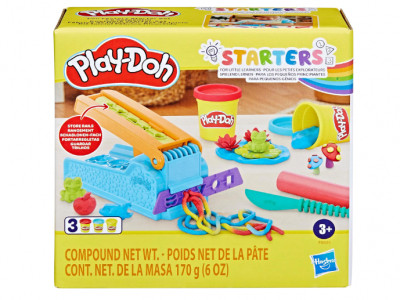
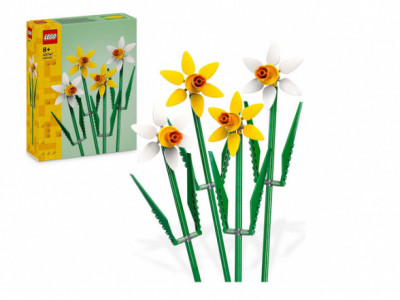
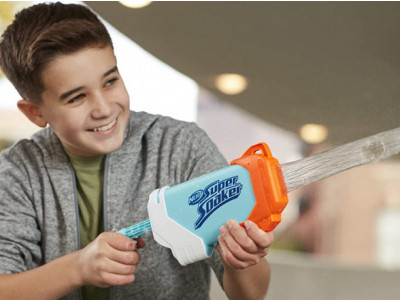
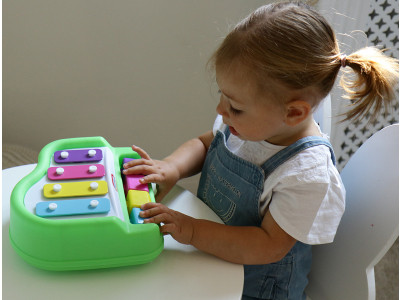

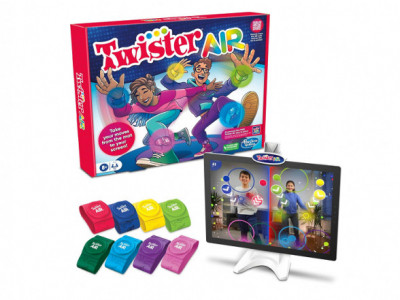
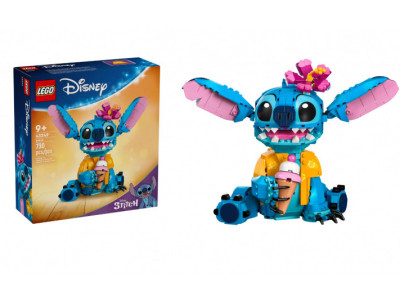

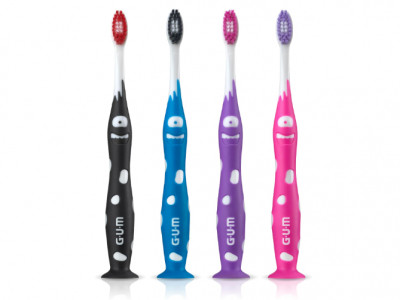
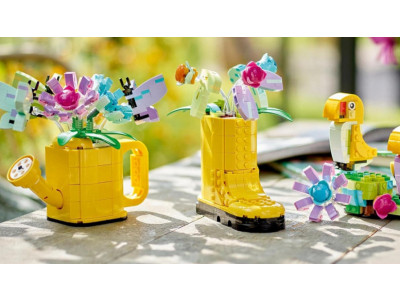
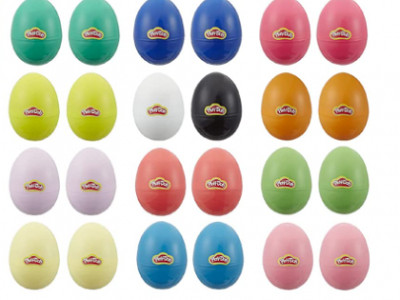

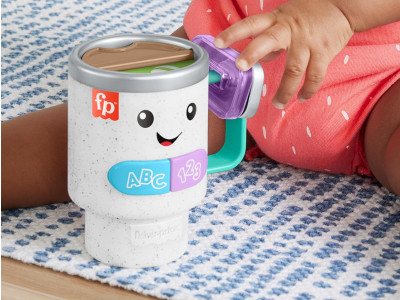
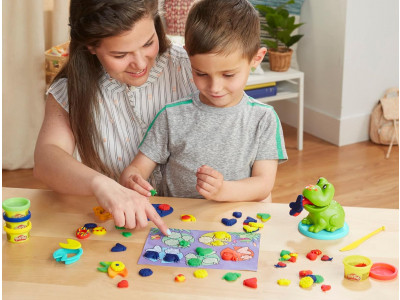

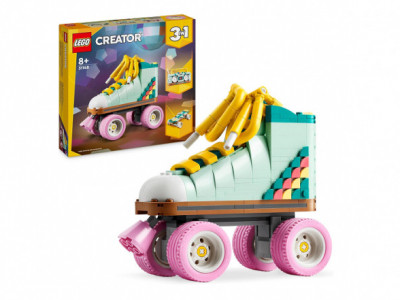
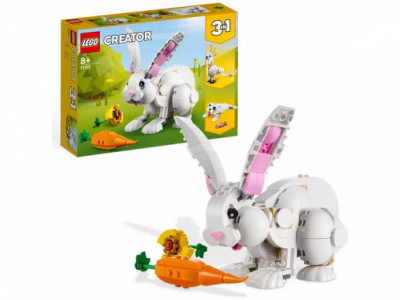

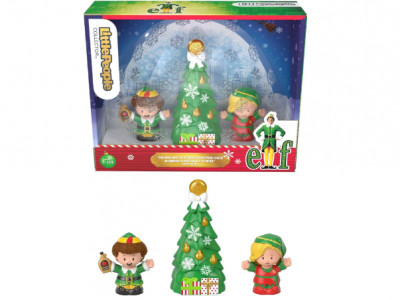
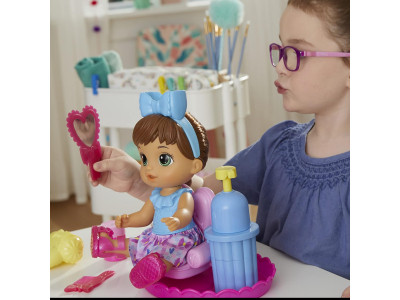
My twins have the fidget spinners however I haven't allowed them to school yet I would like to observe at home for awhile first
At my son's school, fidget toys are given out and are encouraged.
Frequent movement breaks throughout the day have proven effective for all types of students with focusing issues, and movement benefits everyone. The very limited studies (e.g., one class of 30 students) on fidget toys seem to portray them as a solution. For some children. Walking to the bathroom and back is a focusing strategy...movement, then work. It's up to the educator to regulate that it isn't used as an escape.
As a long-time educator who has had special needs children who have been given fidget toys in class, I have found that they often become the only focus of the child's attention. Children, especially young children, have difficulty understanding the use of these toys to assist them in focusing, and they think that magically, playing with them is helping them pay attention. Like anything in education, if parents and teachers see it as a magical solution, it will pervade the classroom, then disappear when we find we have spent years letting children play with a toy instead of teaching them how their brain works and how to focus.
We teach about overstimulated amigdalae and the brain science of calming and focus in my primary classroom. The cynic in me thinks that someone will make money from this fidget toy trend, and that lots of board money will be spent here, and we still won't have a decent budget for engaging literature for classrooms.
If your child can't pay attention in school, turn off their electronics an hour before bed, make sure they play actively for an hour a day, have them get 8 - 10 hours of sleep, remove processed white sugary crap from their diet, sit with them and read 30 minutes a day so they are confident readers. Then if there is still a problem, visit your physician. A fidget toy will not make up for inattention caused by the lack of any of the above.
Rant over. Thank you for the opportunity it's to share my opinion.